Metal Welding vs Soldering vs Brazing: What’s the Difference?
When it comes to joining metals or other materials in manufacturing and fabrication, welding, soldering, and brazing are three common processes that are frequently used. While these processes have the same basic purpose, joining materials together, they each operate in different ways and are suitable for specific applications. Understanding the differences between them is essential for selecting the right method for your project.
In this article, we’ll explore the differences between welding, soldering, and brazing, highlight their unique characteristics, and discuss their various applications. Whether you’re in the automotive, aerospace, electronics, or construction industry, understanding these techniques is crucial for ensuring the right approach for your specific needs.
What is Welding?
Welding is the process of joining two or more materials (typically metals or thermoplastics) by applying heat, pressure, or both. The heat causes the materials to melt and fuse together to form a solid bond. In some cases, filler material is added to the joint to strengthen it, but this is not always necessary. It is typically used for heavy-duty applications where strength and durability are essential, such as in the construction of bridges, automobiles, or machinery. The weld area becomes the strongest part of the joint, making it ideal for high-stress applications.
Read in detail about different types of welding and their uses.
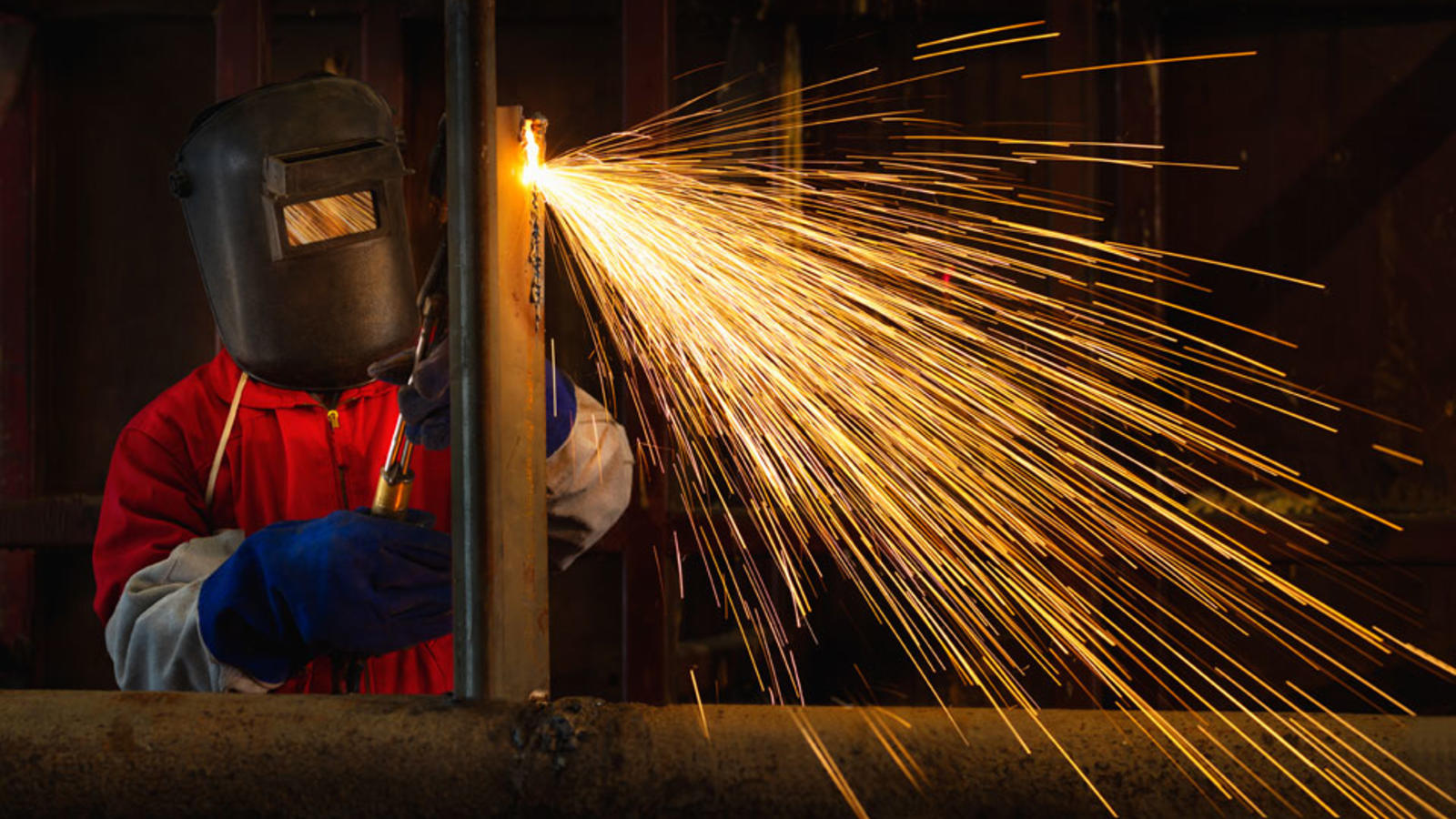
Types of Welding
There are several types of welding, each suited to specific applications:
- MIG Welding (Metal Inert Gas): Where an electric arc forms between the metal and a consumable wire electrode, melting both to form the weld. It is commonly used for automotive and manufacturing.
- TIG Welding (Tungsten Inert Gas): This process uses a non-consumable tungsten electrode to produce the weld, often providing more precision than MIG. It’s commonly used for aerospace and high-end metal fabrication.
- Stick Welding: This is a manual arc welding process that uses a consumable electrode coated in flux to join metals. It’s often used for construction and heavy-duty work.
- Arc Welding: A process that uses an electric arc between an electrode and the workpiece to melt and join the materials. It’s versatile and used in a variety of industries.
Key Advantages of Welding:
- Provides strong, durable joints.
- Ideal for high-stress applications.
- Suitable for joining a wide range of metals and alloys.
It can be used for large and thick materials.
At Kirmell Ltd, we specialize in providing high-quality welding services designed to meet the needs of various industries. Whether you need MIG, TIG, or stick welding, we offer precise and reliable solutions for your projects. Our services are ideal for heavy-duty applications such as automotive manufacturing, construction, and machine fabrication. With years of expertise, our team ensures that your projects are completed with exceptional quality and attention to detail.
What is Soldering?
Soldering is a process of joining two metals by melting a filler metal (called solder) that has a lower melting point than the workpieces. The melted solder flows into the joint by capillary action and solidifies as it cools, forming a bond.
Unlike welding, soldering doesn’t involve melting the base metals themselves. This makes soldering suitable for smaller, more delicate joints that require less heat. Electronics and jewellery are industries where soldering is heavily used, as the process provides precision without compromising the integrity of sensitive components.
Types of Soldering
- Soft Soldering: The most common form of soldering, typically used in electronics. It uses a solder with a melting point of around 180°C to 250°C (356°F to 482°F).
- Hard Soldering (Silver Soldering): Uses a higher melting point than soft soldering and is used for jewel-making and some plumbing applications. The materials are heated to above 450°C (840°F).
Key Advantages of Soldering:
- Doesn’t require high temperatures, reducing the risk of damage to delicate components.
- Easy to perform and cost-effective for smaller joints.
- Provides high precision and clean joints.
- Ideal for use with electronics and circuit boards.
Applications of Soldering:
- Electronics: Soldering is crucial in creating printed circuit boards (PCBs) and joining wires, resistors, capacitors, and transistors.
- Jewelry Making: Used to join small pieces of metal together without compromising the workpiece’s strength.
- Plumbing: Used for sealing copper pipes.
What is Brazing?
Brazing is similar to soldering, but it operates at a higher temperature and uses a filler metal with a melting point above 450°C (840°F). Unlike welding, the base metals aren’t melted. Instead, the filler metal melts and flows between the base metals, bonding them together as it cools.
Brazing is used when a stronger joint is needed than soldering can provide. It’s especially useful for joining metals like steel, copper, and brass, and it’s common in industries such as aerospace, automotive, and HVAC.
Types of Brazing
- Torch Brazing: This method uses a torch to heat the base metals, while the filler metal is applied using capillary action.
- Furnace Brazing: Involves heating the entire assembly in a furnace and adding filler metal to the joint areas.
- Induction Brazing: Uses electromagnetic fields to heat the base metals, resulting in a precise and controlled heating process.
Key Advantages of Brazing:
- Provides strong, durable joints without the need to melt the base materials.
- Can be used with a variety of metals, including dissimilar ones.
- Allows for large, complex parts to be joined.
- Produces joints with minimal distortion or heat-affected zones.
Applications of Brazing:
- Automotive Industry: Joining components such as radiators, exhaust systems, and other critical parts.
- HVAC: Joining copper pipes in air conditioning and refrigeration systems.

Welding vs. Soldering vs. Brazing: Key Differences
| Aspect | Welding | Soldering | Brazing |
| Temperature | High heat (above 1500°C) | Low heat (below 450°C) | Moderate heat (above 450°C) |
| Base Metal | Both base metal and filler metal melt | Only filler metal melts | Only filler metal melts |
| Strength of Joint | Strong and durable, can handle high stress | Lower strength, good for small, delicate joints | Stronger than soldering, but less than welding |
| Applications | Heavy-duty, high-stress environments | Electronics, jewellery, plumbing | Automotive, HVAC, heat exchangers |
| Common Materials | Steel, aluminium, titanium, other alloys | Copper, gold, silver, aluminium | Steel, copper, brass, aluminium |
| Cost and Equipment | Expensive, requires specialized equipment | Low cost, easy to perform with basic tools | Moderate cost, requires more equipment than soldering |
When to Use Welding, Soldering, or Brazing?
The choice between welding, soldering, and brazing largely depends on the materials being joined, the strength required, and the application.
- Use Welding when you need a strong, permanent bond between thick metals or parts that will experience high-stress loads.
- Use Soldering for small, delicate components where precision is key and strength is not a major concern, such as in electronics or jewelry.
- Use Brazing when you need a stronger joint than soldering, but don’t want to deal with the complexities or high temperatures of welding.
Kirmell Ltd Welding Services
At Kirmell Ltd, we specialize in providing high-quality welding services for various applications across industries like automotive, machinery, and construction. Our expert team offers MIG, TIG, and stick welding services to ensure precise and durable results. Whether you are in need of welding for heavy-duty machinery or metal components, Kirmell Ltd ensures that your projects are completed with top-tier quality and craftsmanship. Contact us today to get a quote.
Conclusion
In the world of metalworking and fabrication, welding stands out as the go-to method for creating strong, durable, and long-lasting joints. Whether you need to join heavy-duty materials in automotive manufacturing, aerospace, or construction, welding provides a reliable solution that ensures the integrity and strength of your components.
At Kirmell Ltd, we specialize in providing high-quality welding services tailored to meet the unique needs of various industries. From MIG and TIG welding to stick welding, we ensure that each project is completed with precision and expertise, resulting in durable and secure joints.
Understanding the different types of metalworking processes and their ideal applications is essential for achieving the best results. If you’re looking for expert services, Kirmell Ltd is here to provide the solutions you need, ensuring high-quality results and optimal performance for your projects.
FAQs
What is the difference between welding and brazing?
Is brazing stronger than welding?
When should you use welding instead of brazing?
Can brazing be used for thicker materials ?


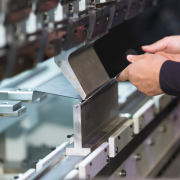
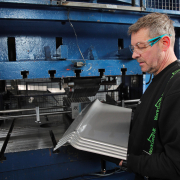
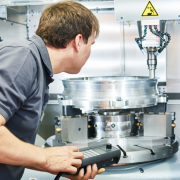
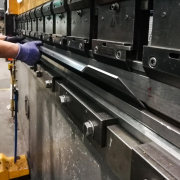

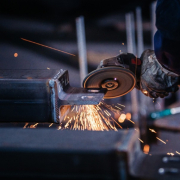
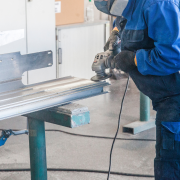
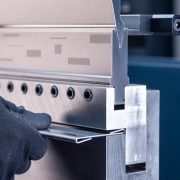



Leave a Reply
Want to join the discussion?Feel free to contribute!